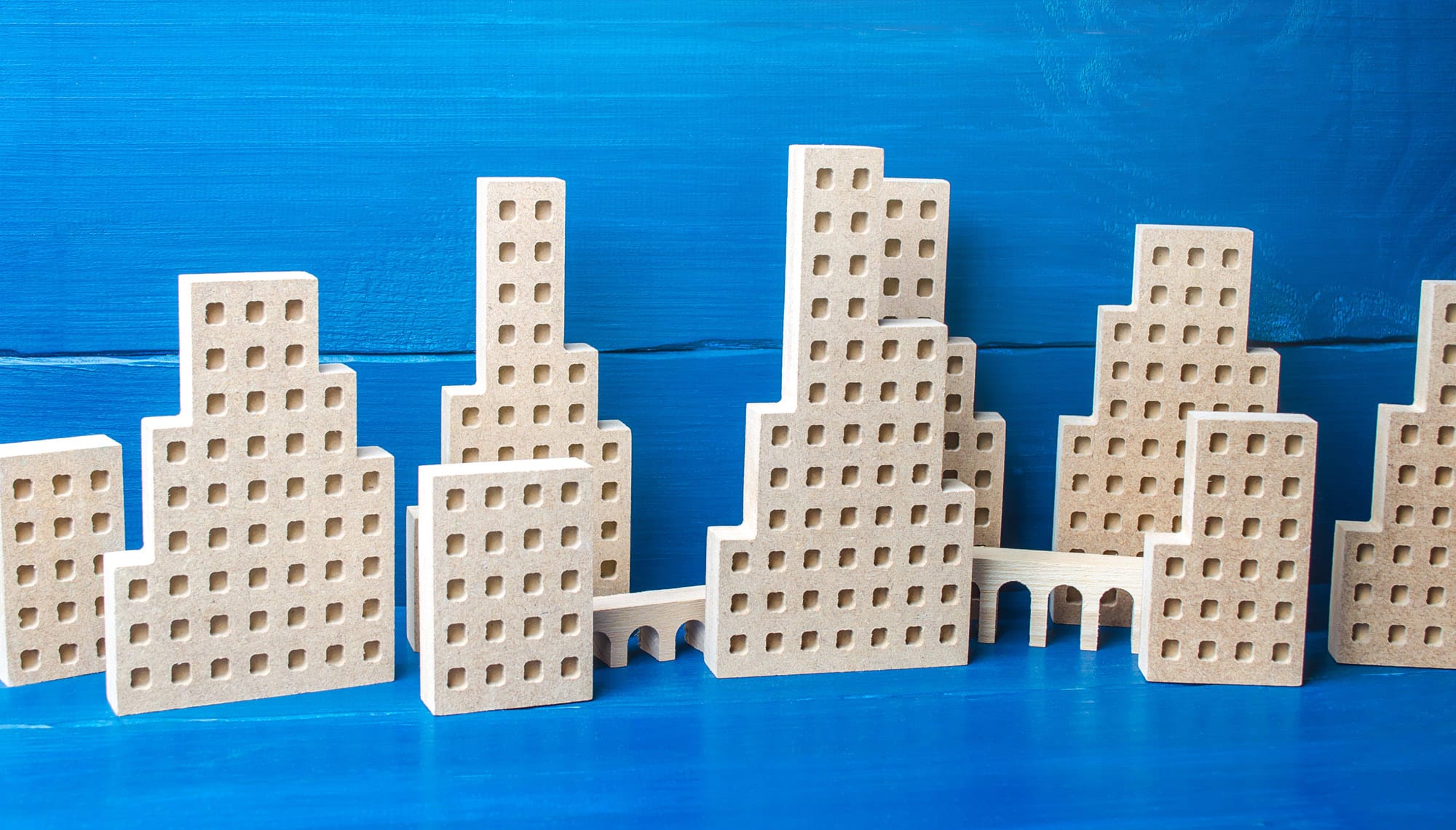“Rapid population growth – at rates above 2 per cent, common in most developing countries today – acts as a brake on development. Up to a point, population growth can be accommodated… but the goal of development extends beyond accommodation of an even larger population; it is to improve people’s lives. Rapid population growth in developing countries has resulted in less progress than might have been – lost opportunities for raising living standards, particularly among the large numbers of the world’s poor.”
That’s an extract from a 1984 World Bank report “ The Consequences of Rapid Population Growth.”
It defines “rapid” as growth above 2 percent and its focus was on developing countries.
Advanced economies were not trying to grow populations at the same speed as those of the third world.
Except for us. South East Queensland – promoted by growth boosters as a “hotspot” – is growing at 2.2%.
Sydney and Melbourne, while larger and growing numerically by more, are growing by around 1.5% per annum for comparison.
Unrestrained growth has many supporters in the big end of town.
But the consequences of rapid growth – fuelled mainly by record immigration under Federal Government policies – are being felt acutely by many more others.
Housing shortage
The most obvious evidence of these adverse consequences is the current housing shortage.
We simply are not building enough homes, fast enough, to accommodate these levels of rapid growth “hot spots.”
Worse, new housing approvals are falling to record lows at a time of record demand growth.
Rapid rises in interest rates, construction industry supply chain issues, trade shortages, regulatory burdens …. choose your explanation from a wide variety of options.
They all mean the same thing: more demand than there is supply.
Oddly, the “housing crisis” has been pigeonholed as a supply problem only.
Few talk about the law of “demand and supply.”
It seems it’s now just the law of supply.
The focus on housing shortages and people without homes is one thing.
It is also leading to excessive costs for those with roofs of their own – whether rented or purchased.
Rents are surging and vacancies falling, causing significant cost of living pressures for the third of our society who rent, while those with recent mortgages are similarly stretched.
As a result, consumers are cutting back on spending across a range of discretionary items.
So where demand growth exceeds supply, costs increase – leading to consumer cutbacks.
There’s an adverse rapid growth consequence few talk about.
Other rapid growth consequences are far less discriminatory
In January, large parts of South East Queensland suffered power outages during a period of intense heat.
The heat was nothing out of the ordinary for a Brisbane summer, and it wasn’t (we are assured) the energy grid that failed due to generation shortages, but local infrastructure that couldn’t cope with demand (air conditioners, mainly).
Policies of accommodating an increased population via increased population density have been around for a long time.
But policies to upgrade local infrastructure to support those local density increases haven’t.
The “density is destiny” mantra – parroted for more than 30 years – has almost entirely been around population and housing: little has been said about the wider infrastructure consequences of putting more people in the same space.
As the World Bank noted 40 years ago, the objective of growth should be to improve people’s lives, not worsen them.
Hospital shortages are another obvious sign of rapid growth consequences with ambulance ramping times increasing as the hospital system is stretched by rapid increases in demand.
Hospitals are expensive things to build or expand, and they take a lot of time to build.
Keeping pace with rapid population growth is a Sisyphean challenge.
Schools will also soon be a telling pressure point.
I reflected on a possible looming school shortage nearly two years ago.

On latest population projections for South East Queensland, there could be another 500,000 school-age kids looking for classrooms.
We either move to much bigger class sizes or build new schools.
Independent Schools Queensland (non-government and non-Catholic) estimates the need for a new P-12 school of 1000 students each year for the foreseeable future, just within their network.
Finding sites within urban growth boundaries won’t be easy.
Vertical will probably be the answer but that’s a lot more expensive than traditional lower-density designs.
Congestion is another obvious adverse consequence of rapid growth.
Mostly we are using the same roads and transport networks that support a population of half our current size.
We are now looking at doubling that population again within another 20 years, all getting around on (largely) the same network.
Local Governments do what they can, but with only 3.6% of taxation revenue (the Federal Government, responsible for population via immigration, collects 82% of tax revenue) their ability to fund and manage transport infrastructure needed for a rapidly growing population is severely constrained.
Water shortages will also emerge: more people require more water to drink, wash clothes, fill pools, and so on.
The same water infrastructure that comfortably supported a population half our size is simply not going to be able to support a population double our size.
Two ironies emerge from all this
First, those voices most loudly in support of continued rapid population growth are also those least likely to bear responsibility for the consequences.
Think apartment developer Harry Triguboff: high growth helps demand for more apartments but he isn’t around for discussions on hospital or school shortages, rising congestion, overstretched energy infrastructure or water shortages.
It’s also true that people with financial security (high-income earners) are best placed to insulate themselves from the adverse consequences of rapid growth: they simply pay more, where demand exceeds supply.
Whether that is private health, private education, or well-located real estate … money talks and buys your way out of problems if you have enough of it.

The other irony is that the density mantra was originally intended to make use of under-utilised urban infrastructure, most typically in inner urban areas that were at risk of “hollowing out” (as happened widely in the US).
With falling inner urban school enrolments, for example, it made sense to increase the local density to make better use of existing infrastructure rather than build entirely new infrastructure on urban outskirts.
But that’s no longer true.
A new vertical school in an established urban area targeted for more density is vastly more expensive than a “traditional” build; retrofitting below-ground infrastructure (sewer and water) in existing locations is more costly than in new areas; apartments are more expensive to build than detached houses; building tunnels (whether for public or private transport) below existing areas is a great deal more expensive than surface networks in new areas… and on it goes.
In adopting the density model to accommodate rapid increases in population, we have now not only committed to a more expensive urban form but one that also takes longer to deliver.
Hardly the formula for enhancing standards of living in a rapid growth scenario?
Surely we either moderate our rates of growth or adopt new models?
Or, as the Planning Institute has sensibly suggested, we adopt a national settlement policy that ties the Federal Government – whose immigration policies are driving record growth – to the local consequences of that rapid growth.





